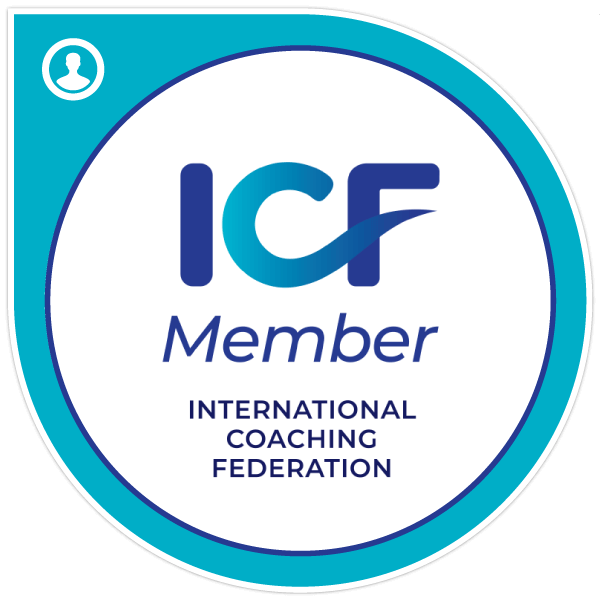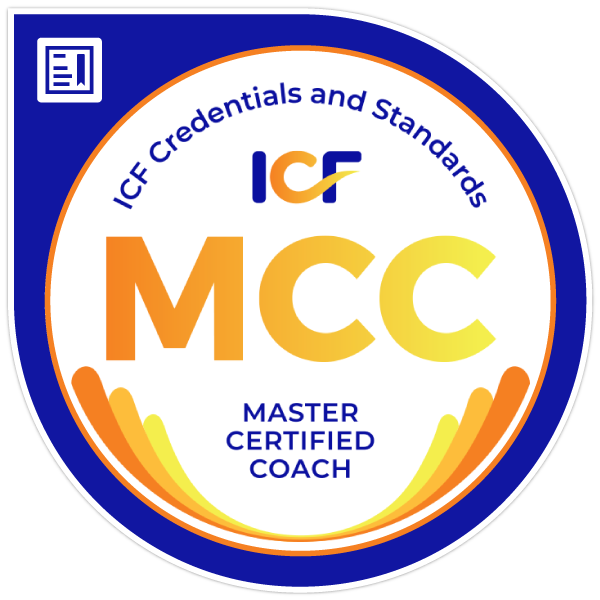What is Coaching?
Coaching is a professional relationship where a coach supports an individual to achieve their goals, improve performance, and develop new skills. It involves asking thought-provoking questions, and helping the person identify their strengths and areas for improvement. Coaching can be used in various contexts, such as personal development, career advancement, leadership, or business. The aim of coaching is to empower individuals to maximize their potential and achieve greater success.




